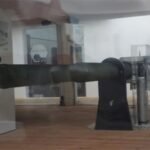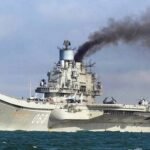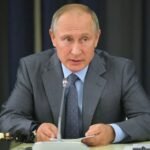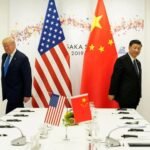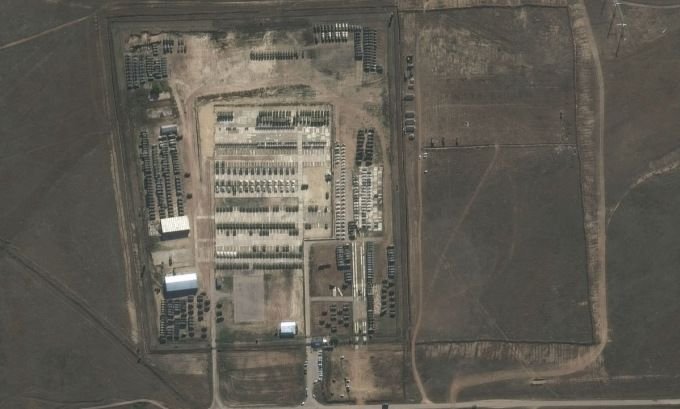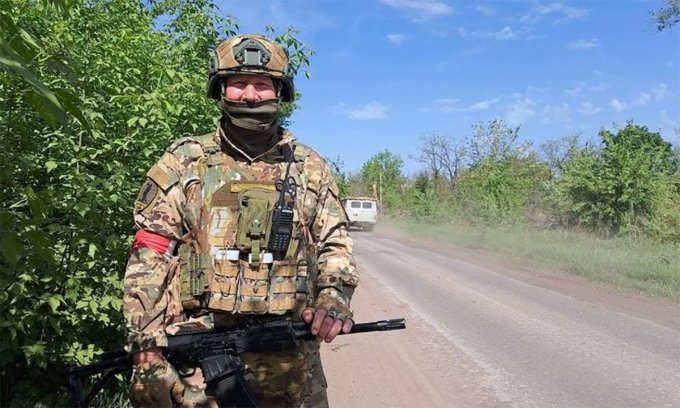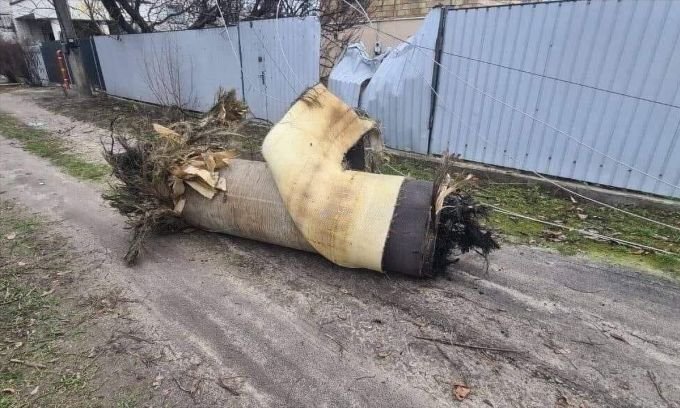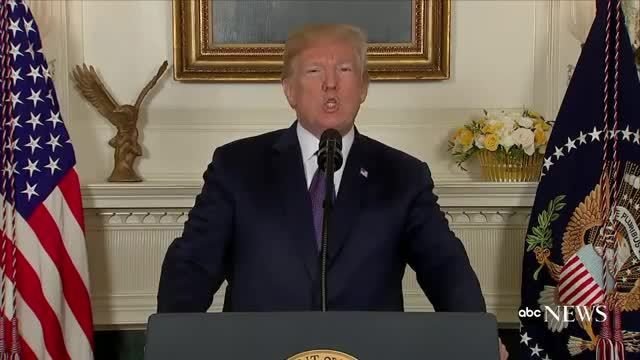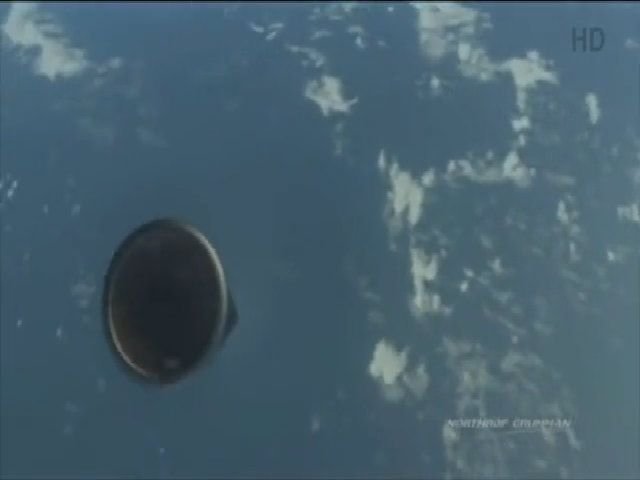NATO Secretary General Jens Stoltenberg on January 7 warned of the risk of Russia attacking Ukraine if diplomatic efforts between the bloc and Moscow fail at the meeting in Geneva on January 10.
The statement was made by Secretary General Stoltenberg in the context of tensions between Moscow and the West recently escalating after NATO accused Russia of sending about 70,000-100,000 troops close to the border with Ukraine, expressing concern that this country could
Tank, armored and artillery units were deployed by Russia in western Crimea in October 2021.
However, experts say that with a power like Russia, any military attack on Ukraine will have quite clear warning signs.
`What would be the specific goal of an attack on Ukraine? The answer lies in Russia’s geopolitical directives, which will determine the entire decision-making process with Moscow. Russia’s top command
NATO’s relentless expansion toward former Soviet republics has violated one of its key directives to Moscow, making Russia feel insecure about its neighbors participating in the military alliance and its allies.
However, internal economic and political challenges in the 1990s and early 2000s left Russia with insufficient potential to prevent NATO from expanding to Central Europe and the Baltic countries.
The process of deciding on Russia’s current military intervention is based on a strategic calculation framework with 5 main variables including the triggering event, the level of support in the host country, the expected military response,
Moscow is unlikely to launch a military campaign without one of these five elements, even if the situation takes place in the post-Soviet space.
All five of the above factors appeared in the 2008 Russia-Georgia war. The triggering event began when the Georgian army shelled villages in the autonomous country of South Ossetia on the night of August 8, 2008.
Russia has the ability to advance directly into Georgian territory through the Roki tunnel, while the Georgian army is much weaker than Russia’s, making this military operation technically feasible.
Russia’s goal at that time was to prevent Georgia from joining NATO. As a result, the 8-day war broke out in August 2008, Russia recognized the independence of South Ossetia and Abkhazia.
All five elements also appeared in the campaign to annex the Crimean peninsula in 2014. The starting event was the Euromaidan revolution that overthrew Viktor Yanukovych, the president of Ukraine with pro-Russian views.
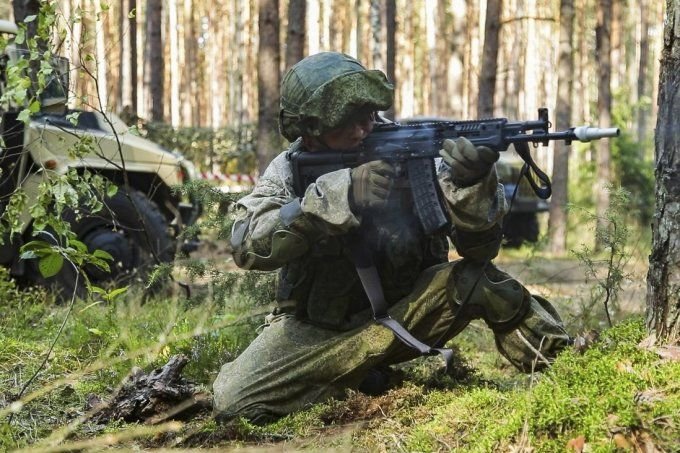
Russian paratroopers during an exercise in Belarus in 2021. Photo: Russian Ministry of Defense.
Similar to Georgia, Ukraine is not a member of NATO and Russia believes that this alliance will not intervene if a conflict breaks out.
There are many cases where Russia does not intervene militarily, even though there are reasons for them to act.
Russia also did not intervene militarily in the ethnic conflicts between Kyrgyz and Uzbeks in southern Kyrgyzstan in 2010, although the Kyrgyz government asked for help.
That leads to questions surrounding Russia’s goals if it decides to attack Ukraine.
Besides, attacking Ukraine could push the country closer to NATO, going against one of the core commands with Russia.
The five decisive factors that emerged in Crimea in 2014 are still present, but have changed significantly.
The Ukrainian army has also changed a lot, equipped with many modern weapons provided by the US such as Javelin `tank killer` missiles and battlefield communication systems.

Location of Crimea peninsula and Donbass region.
These signs show that Russia is unlikely to intervene militarily or launch an all-out attack campaign on Ukraine.
Experts say that it is impossible to completely eliminate the possibility of Russia attacking Ukraine, because specific conditions can change rapidly in the future.
`Russia’s military deployment under President Vladimir Putin, which many people consider unpredictable, is in fact very cautious and minimizes risks, in which the Kremlin always closely calculates benefits.
